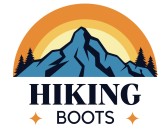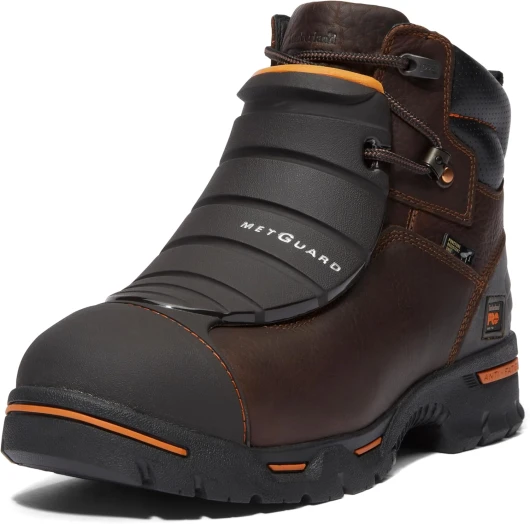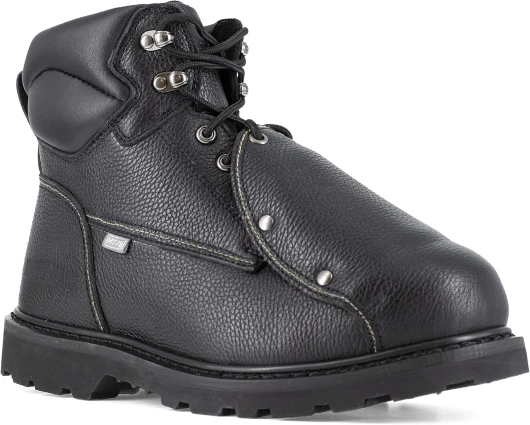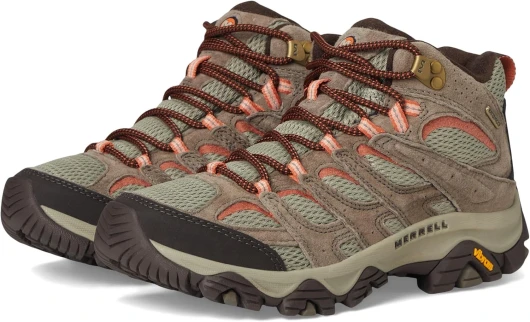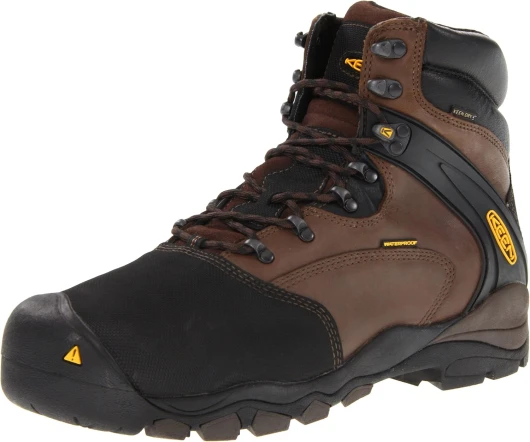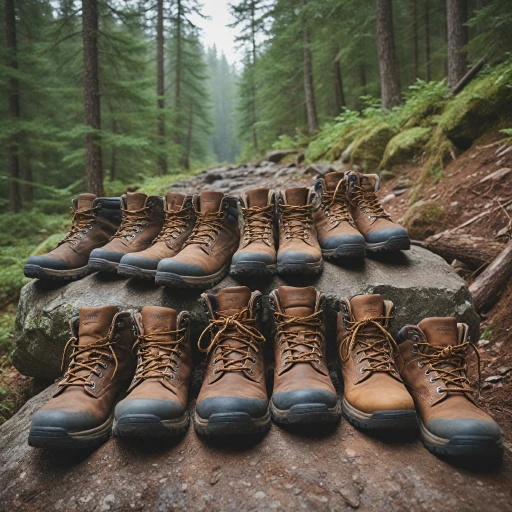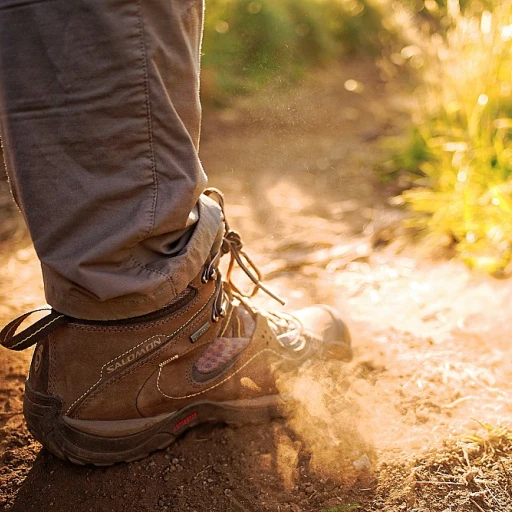
Understanding the Role of Metatarsal Support
The Vital Role of Metatarsal Support in Hiking Boots
Metatarsal support plays a significant role in enhancing the overall comfort and performance of hiking boots. Understanding the role of metatarsal support starts with recognizing how it relieves stress on the ball of the foot. This is where the metatarsal pads or "bars" come into play. The importance of proper foot care cannot be overstated, especially for avid hikers and mountaineers who rely heavily on their footwear for long excursions. Metatarsal pads are designed to alleviate foot pain, particularly in the forefoot area, by redistributing pressure across the foot's arch. Metatarsal support helps to manage conditions such as metatarsalgia and Morton neuroma, which can significantly impact one's hiking experience. For those suffering from these conditions, the inclusion of metatarsal pads in hiking boots is crucial. They not only provide immediate relief but also prevent long-term damage by minimizing the foot's pressure points. Incorporating metatarsal bars in hiking boots creates a seamless blend of comfort and functionality. These bars work like tiny cushions under your foot, absorbing impact and reducing pain, thus offering a more comfortable trekking experience. From the small adhesive gel pads to the full orthotic supports, each product improves differing needs and preferences, catering to a broad audience of foot pain sufferers. Women's hiking boots, in particular, often include metatarsal support as part of their design, recognizing the specific foot anatomy female hikers may have. These enhancements, often available at various price points, ensure that all hikers, regardless of foot shape or size, have access to effective solutions for foot pain. To further delve into footgear choices related to specific activities, you might be interested in learning about the best options for situations where metatarsal support is a game-changer. Discover more in our essential guide to choosing canyoneering footwear.Benefits of Metatarsal Bars in Hiking Boots
Advantages of Metatarsal Bars for Hiking Enthusiasts
Metatarsal bars in hiking boots essentially act as the unsung heroes for your feet, especially during those extensive treks over rugged terrains. For avid hikers, incorporating metatarsal bars can spell the difference between a comfortable journey and an exhausting ordeal.- Pain Relief and Comfort: For hikers suffering from foot pain disorders like Morton's neuroma or metatarsalgia, metatarsal bars provide much-needed support and alleviate pressure. They position the forefoot optimally, reducing discomfort and enhancing walking comfort.
- Pressure Distribution: These bars excel at distributing foot pressure evenly, reducing the strain that typically falls on the ball of the foot. This ensures the journey remains enjoyable, even on those long hikes.
- Enhancement in Support: Beyond pressure relief, the bars offer superior support to the arch of the foot, collaborating with metatarsal pads and gel cushions. Together, they mitigate any excessive foot stress or pain.
- Compatibility with Shoe Inserts: Metatarsal bars often work harmoniously with shoe inserts, allowing hikers to customize their boots for maximum comfort and support.
- Variety in Products: Available in various forms, such as adhesive and gel-based options, these bars cater to both men and women, offering a solution for different needs, whether medium or large sized boots are in preference.
Choosing the Right Hiking Boots with Metatarsal Support
Key Factors in Selecting Boots with Metatarsal Support
Selecting the right hiking boots with metatarsal support can be a game-changer for your outdoor experience, particularly when dealing with forefoot conditions like metatarsalgia or Morton's neuroma. Understanding your foot's unique needs is critical, and here are some crucial considerations to help you make an informed decision.- Arch and Metatarsal Support: Boots equipped with both arch and metatarsal support can effectively distribute foot pressure across the shoe, alleviating pain and reducing the risk of exacerbating foot conditions. Look for models that feature built-in metatarsal bars or metatarsal pads as part of their design.
- Size & Fit: It's essential to choose a boot that fits well. Small or overly tight shoes can increase discomfort, particularly in the ball of the foot or heel. Ensure that the boots provide ample room for toe movement and snug heel support to prevent slippage.
- Material & Cushioning: Opt for boots that incorporate high-quality materials and superior cushioning in the forefoot area. Gel cushions, adhesive pads, and foam metatarsal pads contribute to effective pain relief and enhanced comfort.
- Women's Specific Needs: Women’s hiking boots often are tailored differently to better suit the natural shape of women's feet. Pay attention to women's hiking boots that integrate metatarsal support seamlessly while optimizing for comfort and functionality.
- Price Consideration: While quality comes at a price, finding boots at a reasonable unit price without compromising essential features is possible. Consider your budget but weigh it against the product’s support features.
- Additional Enhancements: Some boots may offer extra features such as removable shoe inserts or adjustable bar pads, providing more customizable support for unique foot shapes or pressure points.
Comparing Popular Hiking Boot Brands
Exploring Renowned Brands in the Hiking Boot Industry
When it comes to hiking boots with metatarsal support, recognized brands don't just offer a product; they deliver a promise of quality. Hiking enthusiasts know that comfort and support can make or break a hiking experience, especially on rough terrain where foot pressure becomes a concern. Custom metatarsal pads and metatarsal bars embedded into the design can significantly aid in managing foot pain, such as metatarsalgia and morton neuroma.
Let's take a closer look at some popular hiking boot brands known for their dedication to enhancing comfort through innovative features:
- Salomon: Known for their advanced metatarsal arch and foot support. Their boots often integrate metatarsal bars and bar pad features to reduce pressure on the ball of the foot, enhancing overall stability.
- Merrell: A brand that emphasizes lightweight durability with cushioned heel support and strategic pad placement. They offer adhesive metatarsal pads for customized pressure relief and medium-large fits to accommodate different foot sizes.
- Vasque: Creativity meets functionality with Vasque's range of hiking boots. Metatarsal pad integration ensures a balance of metatarsal and arch support without compromising agility.
- Columbia: A staple in outdoor footwear, Columbia boots leverage gel insoles and protective forefoot metatarsal bars to mitigate foot pain during long hikes.
While the premium price product may vary by brand and model, the investment in quality, comfort, and durability pays off with reduced foot pain and increased endurance. For those on the hunt for reliable brands, an exploration of hiking boot brands that manufacture outside China showcases alternatives like Lowa and Keen, which focus on ethical production and environmentally-conscious practices.
Tips for Maintaining Hiking Boots with Metatarsal Bars
{"Maintaining Your Hiking Boots for Longevity and Comfort
Proper maintenance of hiking boots with metatarsal bars is essential to ensure their longevity, performance, and continued support. Here are some pointers to keep in mind when caring for your investments in footwear:
- Regular Cleaning: After each hike, ensure you clean your boots thoroughly. Remove dirt and debris from the exterior using a brush or damp cloth. This not only prevents material breakdown but also ensures that the metatarsal bars function effectively by maintaining their grip and position.
- Drying Correctly: Avoid placing your hiking boots near direct heat sources, which can damage the material and compromise the adhesive holding the metatarsal pads in place. Instead, allow them to air dry naturally, ensuring the removal of all liners and insoles to promote comprehensive drying.
- Inspecting Metatarsal Elements: Regularly check the integrity of your metatarsal support components such as the bar, pad, and arch support. Look for signs of wear, such as reduced cushioning or adhesive failure, especially if dealing with conditions like Morton's Neuroma.
- Replacing Worn Components: As the features of your hiking boots endure rough terrains, the metatarsal pads and bars might require replacement. Selecting quality replacements with considerations of price, materials, and foot pressure distribution is crucial for maintaining optimal comfort and pain relief.
- Use of Additional Inserts and Pads: If experiencing issues like foot pain or metatarsalgia, consider supplementing with gel cushions or adhesive bar pads. These can offer additional support and relieve pressure on specific areas of your forefoot and ball of the foot.
- Knowledge of Product Options: Stay informed about the latest advancements and offerings within the market. Some advanced hiking boots are now equipped with metatarsal arch supports tailored for women and those requiring specific pressure relief features. Ensuring your boots are up-to-date can enhance your hiking experiences significantly.
Incorporating these tips into your routine will not only extend the life of your boots but will also optimize the support provided by metatarsal bars, ensuring comfort and efficiency during your outdoor adventures. }
Real-Life Experiences from Hikers and Mountaineers
Personal Accounts and Testimonials
Throughout the hiking community, seasoned adventurers have shared their experiences with metatarsal support in their hiking boots. These firsthand accounts shed light on the real-world impact of such features, offering valuable insights for both enthusiasts and seasoned mountaineers contemplating their next shoe purchase.
Many hikers have reported significant improvements in comfort when hiking with boots equipped with metatarsal bars. The inclusion of these bars effectively redistributes foot pressure, providing a much-needed relief from conditions like metatarsalgia and Morton’s neuroma. This pressure alleviation is particularly beneficial when tackling rugged terrains, where forefoot stability is paramount.
Additionally, the integration of metatarsal pads and gel cushions within the boot design has been widely praised. These features deliver enhanced support to the arch and ball of the foot, reducing foot fatigue during long treks. Hikers also report experiencing fewer aches and pains in the heel and forefoot, leading to a more enjoyable hiking experience overall.
- "I never thought I needed metatarsal support until I tried boots with well-placed met bars," shared one experienced hiker. "The pain relief was almost immediate, and I felt more confident on uneven trails."
- "The adhesive pads in my boots have made all the difference," noted another mountaineer. "They provided a snug fit that prevented blisters, all while cushioning each step on rocky paths."
However, not all feedback is universally positive. Some users express initial discomfort when adjusting to new boots with built-in support, often due to the unfamiliar fit or pressure points created by the pads and bars. It's crucial to try different designs and styles, as what works for one individual might not work for another.
Overall, the testimonial data supports that while the price of such enhanced hiking boots can be higher, the investment often justifies itself through the comfort and endurance on trails. Nonetheless, potential buyers are encouraged to weigh the unit price against personal requirements and their intended use.
